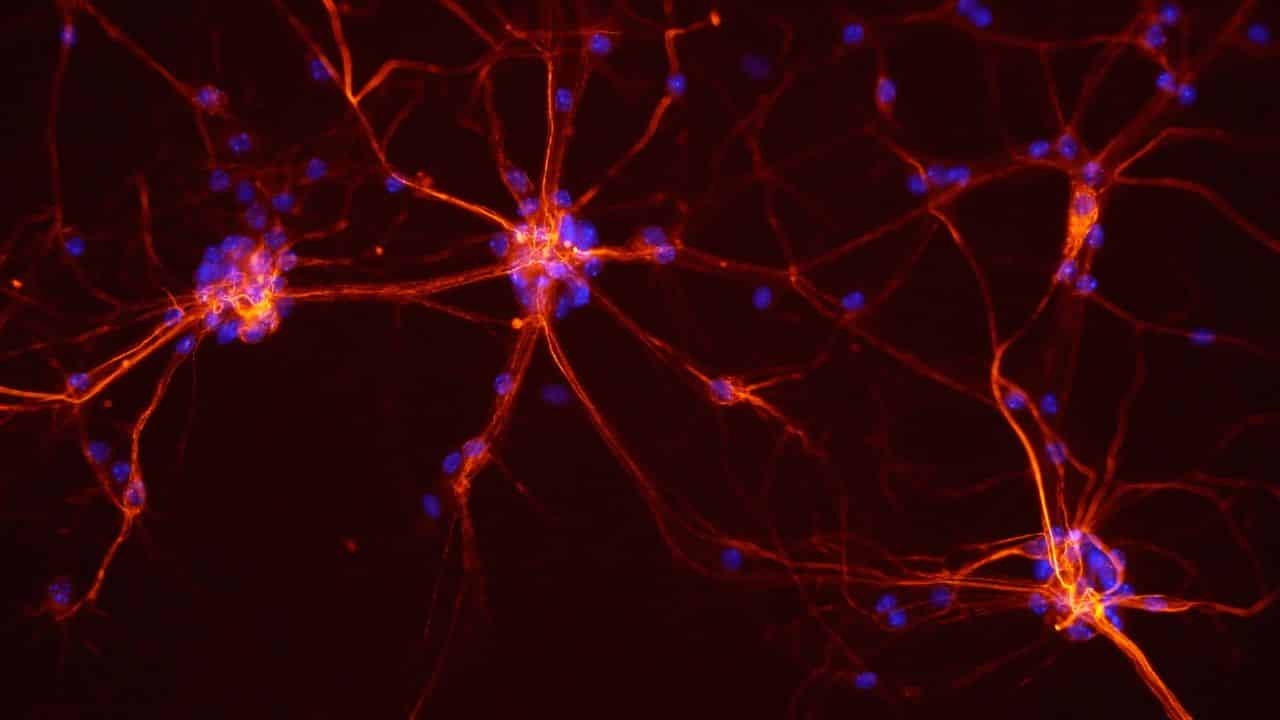The features that define a neuron are electrical excitability and the presence of synapses, which are complex membrane junctions that transmit signals to other cells. And these very signals are responsible for each and every moment that your body makes, say when you want to move your hands, the brain sends forth a signal to the relevant muscles containing the information that makes this movement possible. The information travels along nerve fibers in the form of voltage spikes, or action potentials, that travel along nerve fibers. Neuroscientists believe that the pattern of spikes encodes data about external stimuli, such as touch, sight, and sound.
However, these neural signals are still somewhat of a mystery. Neuroscientists have long been able to record these signals as they travel through neurons. But understanding them is much harder.
No doubt a plethora of algorithms to decode some of these signals exist, their performance is however, patchy.
But be confused no more! say a bunch of researchers at the Northwestern University who claim to have developed a technique using the new-fangled technology of machine learning that significantly outperforms existing approaches to better analyse neural signals.
During the course of their study, the researchers first made use of trained macaque
monkeys to move a screen cursor toward a target using a kind of computer mouse. In each test, the cursor and target appear on a screen at random locations, and the monkey has to move the cursor horizontally and vertically to reach the goal. They recorded the activity of dozens of neurons in the parts of their brains that control movement: the primary motor cortex, the dorsal premotor cortex, and the primary somatosensory cortex. They recordings lasted for around 20 minutes, which is about the attention span of the monkeys.The job of a decoding algorithm is to determine the horizontal and vertical distance that the monkey moves the cursor in each test, using only the neural data.
The team’s aim was to find out which kind of decoding algorithm does this best. So they fed the data into a variety of conventional algorithms and several new machine-learning algorithms. The conventional algorithms through their technique of linear regression yielded results that were later compared to a variety of machine-learning approaches based on neural networks.
The results, the researchers say, was convincing given machine-learning techniques significantly outperformed the conventional analyses. “For instance, for all of the three brain areas, a Long Short Term Memory Network decoder explained over 40% of the unexplained variance from a Wiener filter,” they say. “These results suggest that modern machine-learning techniques should become the standard methodology for neural decoding.”
Though the technique definitely spells promising, it only involved 100 thousand parameters, while common networks for image classification can have on the order of 100 million parameters, therefore there is plenty to do. Perhaps the most significant task will be in finding a way to carry out the neural decoding in real time.






























